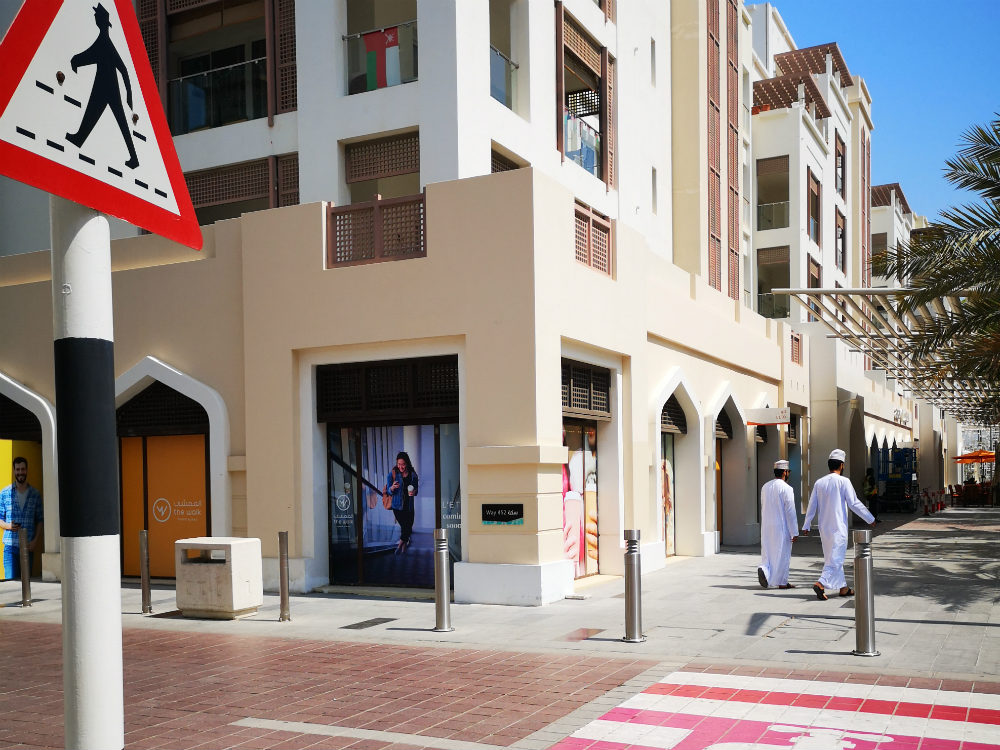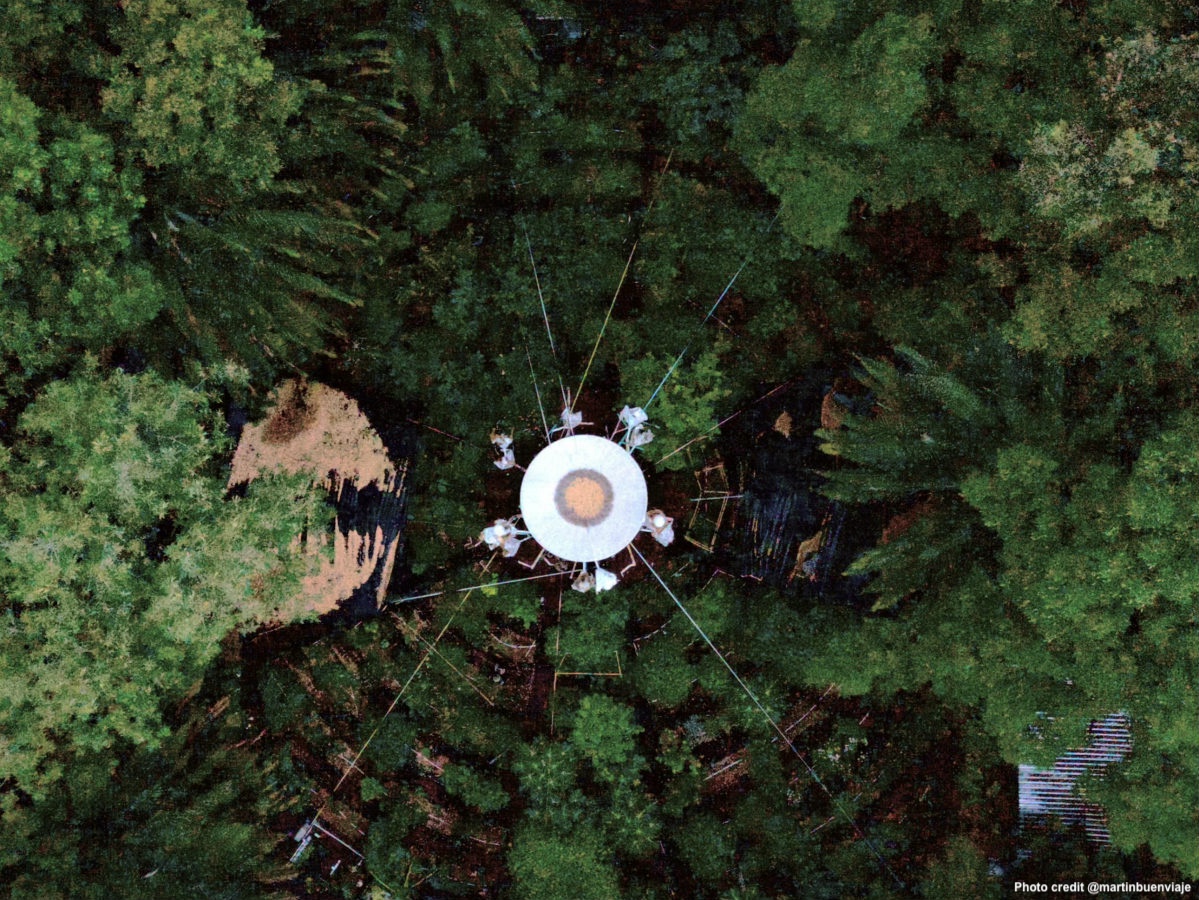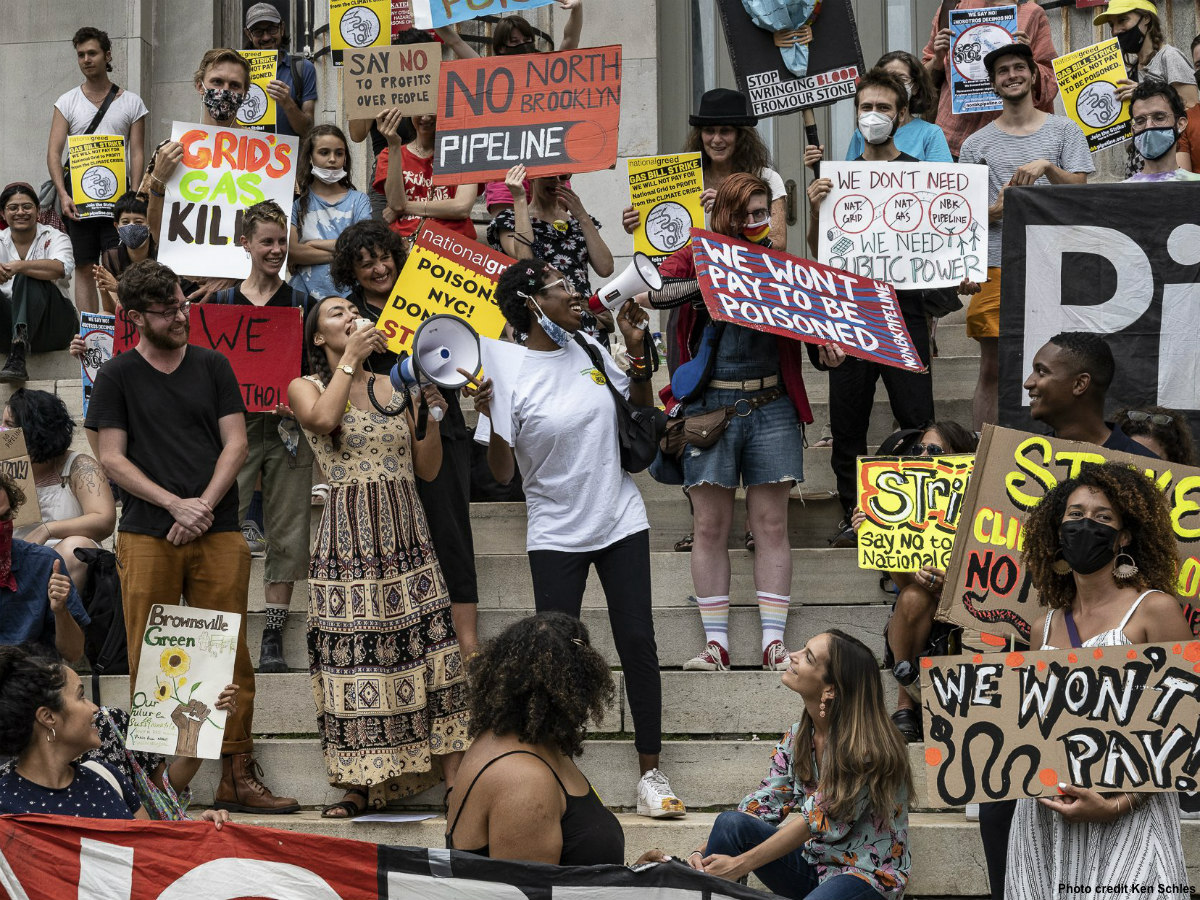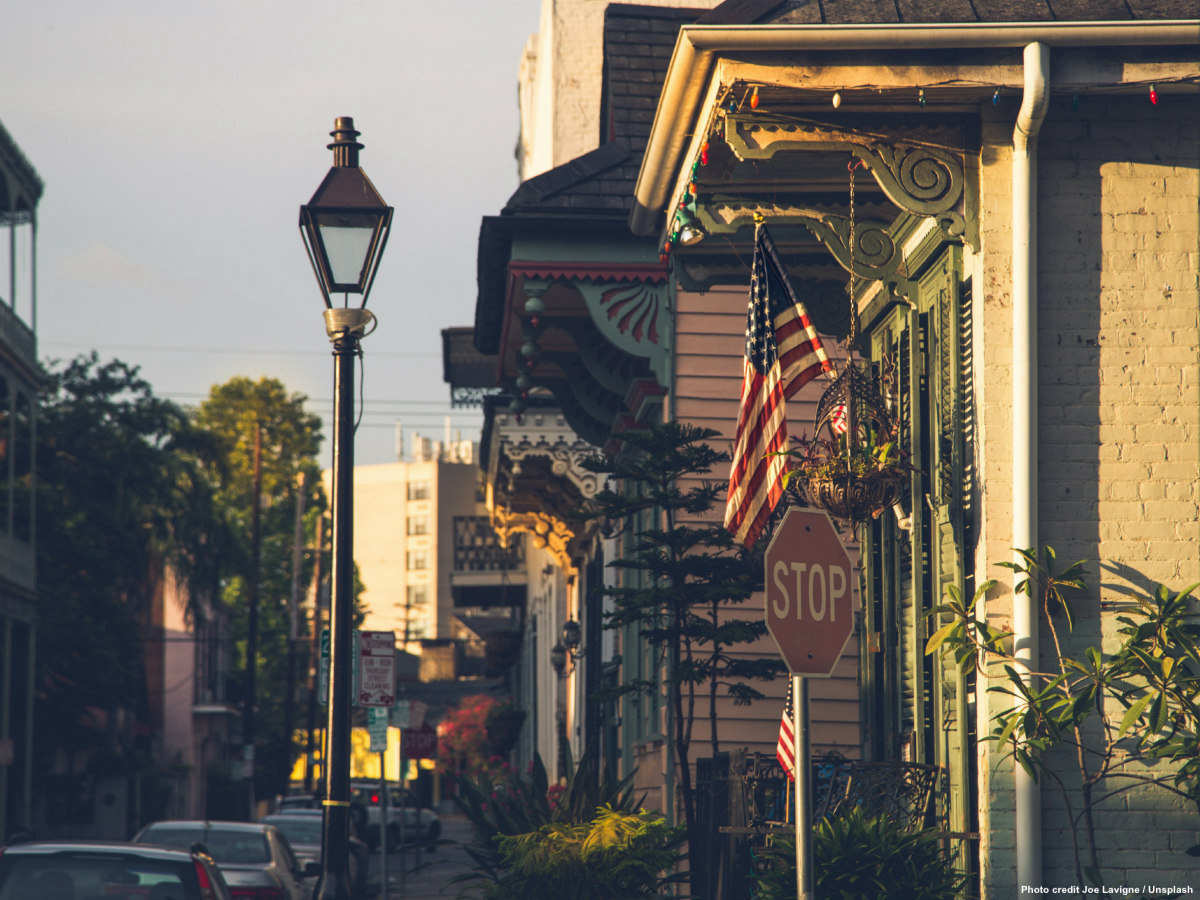Street names do matter. A street in the city of Muscat, the capital of the Sultanate of Oman, is called ‘The Walk’. It sounds obvious. But are streets in cities always walkable? This beautiful piece of road is closed to cars supporting a vision towards a more walkable city and a sustainable urbanisation of Muscat.
Cities in the Gulf Region performed badly when it comes to walkable friendly cities. People sit in cars for hours and segregate life thus damaging social interaction outside closed circles.
But how important are city’s street names? In European cities city administrations are struggling to change names that evoke dark chapters of history. On the contrary, in Muscat directions to find places are mostly related to roundabouts, shopping malls or restaurants rather than street names. But the street named ‘The Walk’ is here to stay.
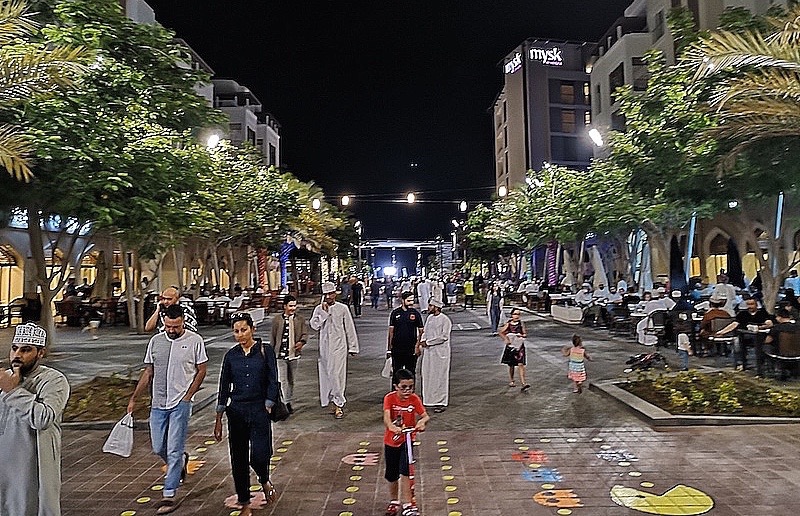
Some research studies including Harvard suggest that names can influence choices in people. The Walk draws citizens from across Muscat to get out of their cars and simply walk.
This pedestrian road is not an isolated road. It is linked to the waterfront promenade by a beautiful plaza creating an urban space where people want to gather. ‘Cultures and climates differ all over the world,’ notes the well-known Danish architect Jan Gehl, ‘but people are the same. They will gather in public if you give them a good place to do it.’
The Walk is indeed more than a pedestrian and family friendly boulevard of al fresco dining; a blend of creative concepts and local traditions. This public space attracts a truly diverse crowd.
During the sunny hours cool areas with inherited local construction techniques provide shade to accommodate daily urban activities of citizens.
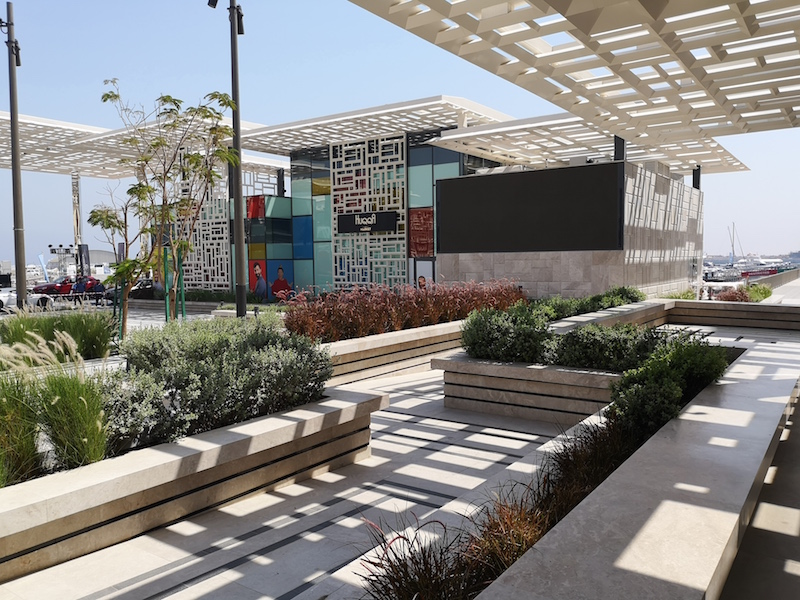
Water fountains in the form of sprayers coming out of the ground remind of the symbolic meaning of water in Islamic architecture as well as provide a play area for kids to combat the heat.
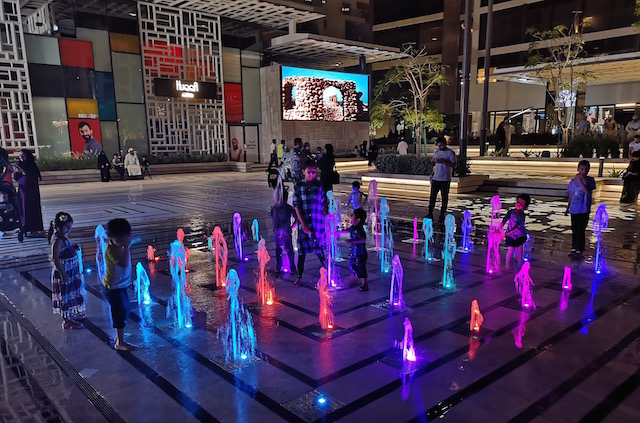
Placemaking interventions happening rather in Western cities find also ground at The Walk strengthening the connection between people and the place they share. A little library to exchange books, paintings on the floor and colourful crosswalks humanize the street at the citizen’s eye level.
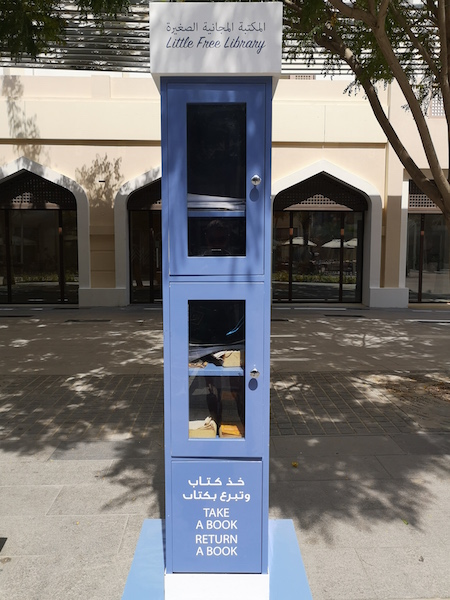
The main road intersection right before The Walk is painted with colourful crosswalks telling drivers to slow down in an attempt to change bad driver behaviour (car accidents are the main cause of mortality among youngsters in Oman).
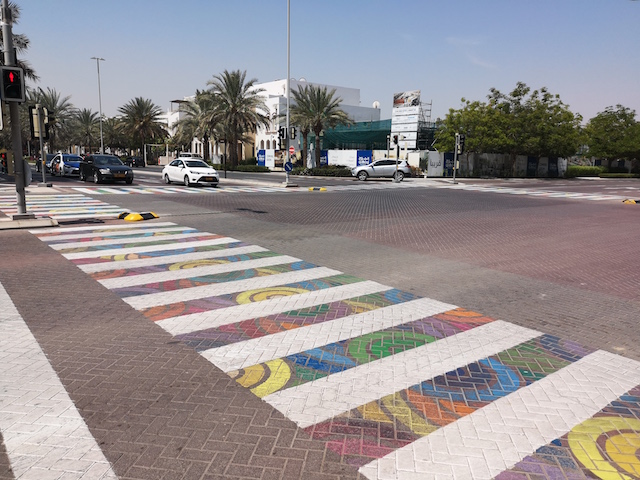
At night when the heat comes down beautiful light projections at the plaza accompanied by smooth Arabic music create a pleasant atmosphere fostering social interactions.
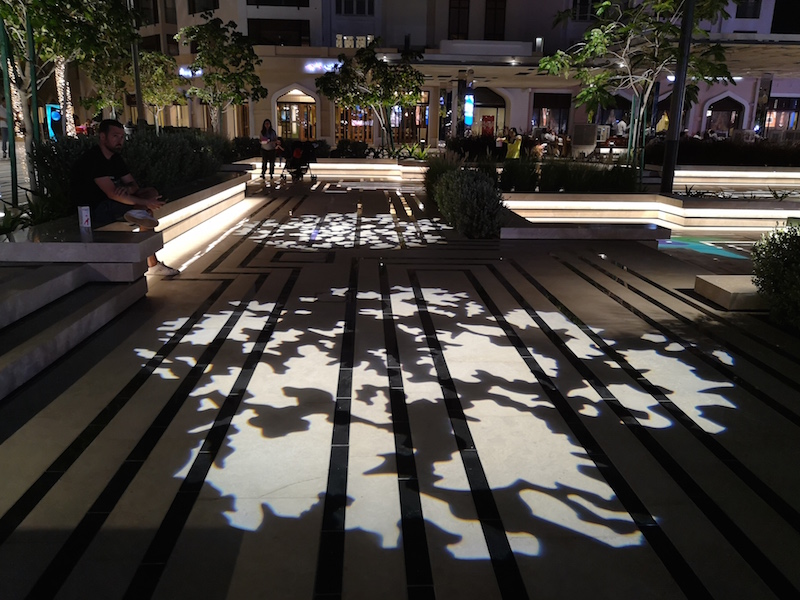
Everyone benefits from this walkable street. Walkable streets and public spaces that facilitate the intermingling of a diverse crowd of people are crucial for the vitality, health and well functioning of cities.
The UN-Habitat for a Better Urban Future considers walkability as one of the key measures to promote socially and environmentally sustainable human cities. It reduces congestion, improves air quality and even boosts local economy due to those social interactions.
The Walk is part of the urbanised area called Al Mouj (translated The Wave). It is like a small city inside Muscat city. Like many Gulf cities, ‘Muscat is formed of segregated areas and dispersed building with large urban spaces causing high environmental stress, and not facilitating public activities’ as described by the research project carried out at the German University of Technology Gutech in co-operation with Sultan Qaboos University in Oman.
This study published in the book ‘Urban Oman. Trends and perspectives of urbanisation in Muscat capital area’ aims at ‘identifying key fields of intervention for guiding and controlling urbanisation towards a socially balanced and sustainable development’.
The potential in Muscat is immense, as the city has always imposed restrictions on high-rise buildings in contrast to Dubai. Taking lessons from more traditional neighbourhoods and redefining modernity according to local climate conditions to address modern infrastructure needs could bring a walkable city back.
Judged by the amount of people craving for pedestrian roads, citizens in Muscat are also ready to get back on their feet if public spaces are inviting.
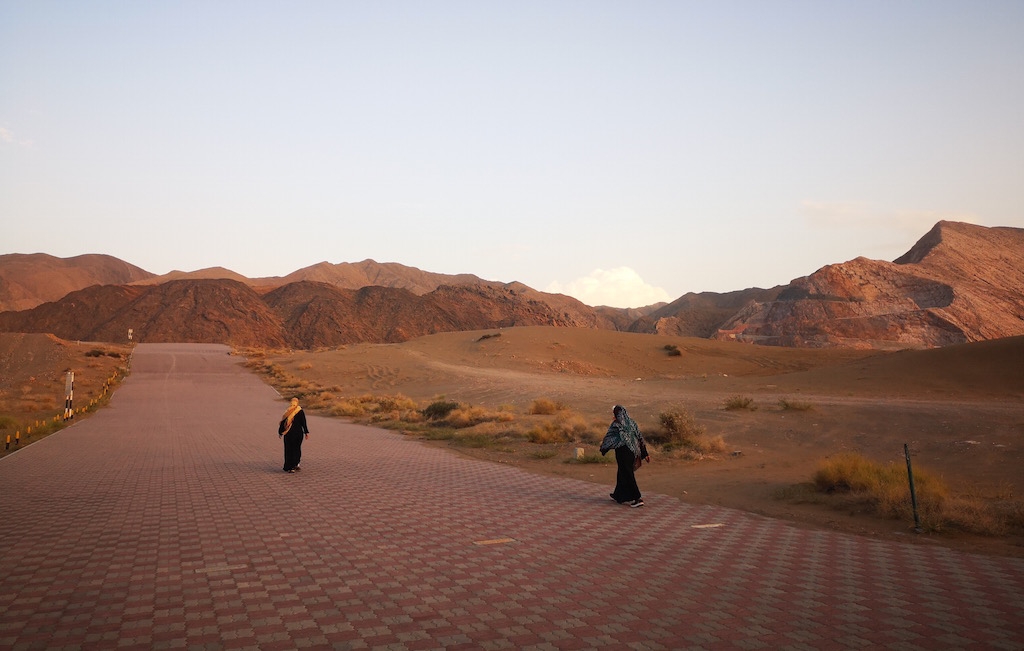
The Council for Planning and the Muscat Municipality is pushing towards a sustainable urbanisation of Muscat and a more liveable city. At The Walk city officials are walking the talk.
Dedicated to my beloved Omani friends.
